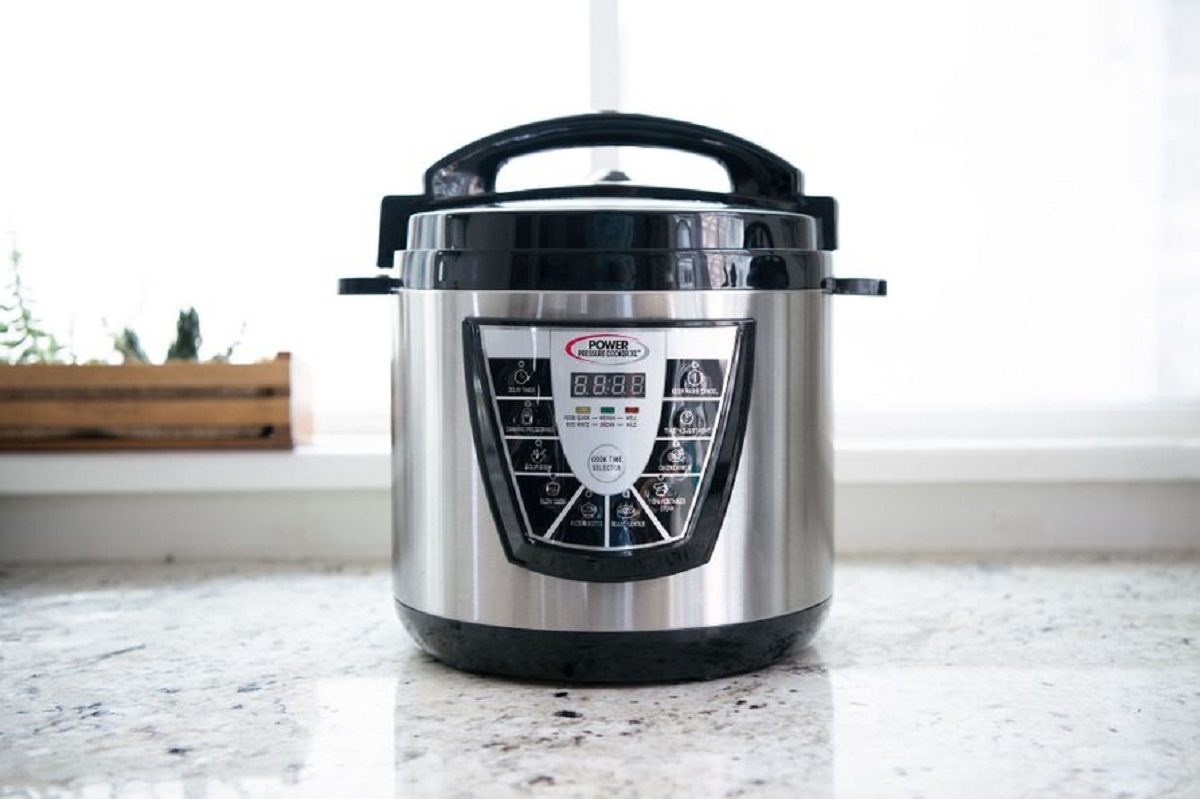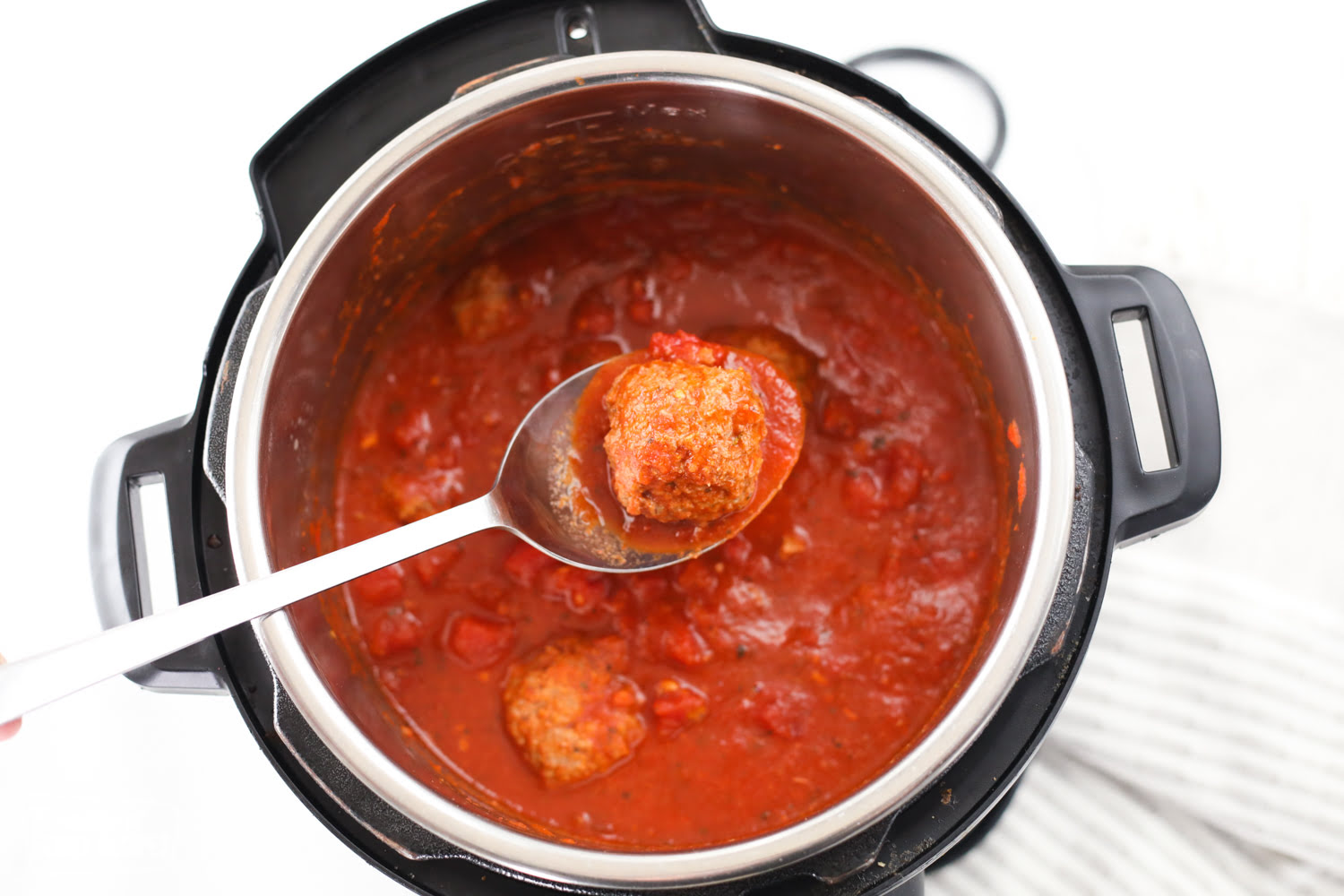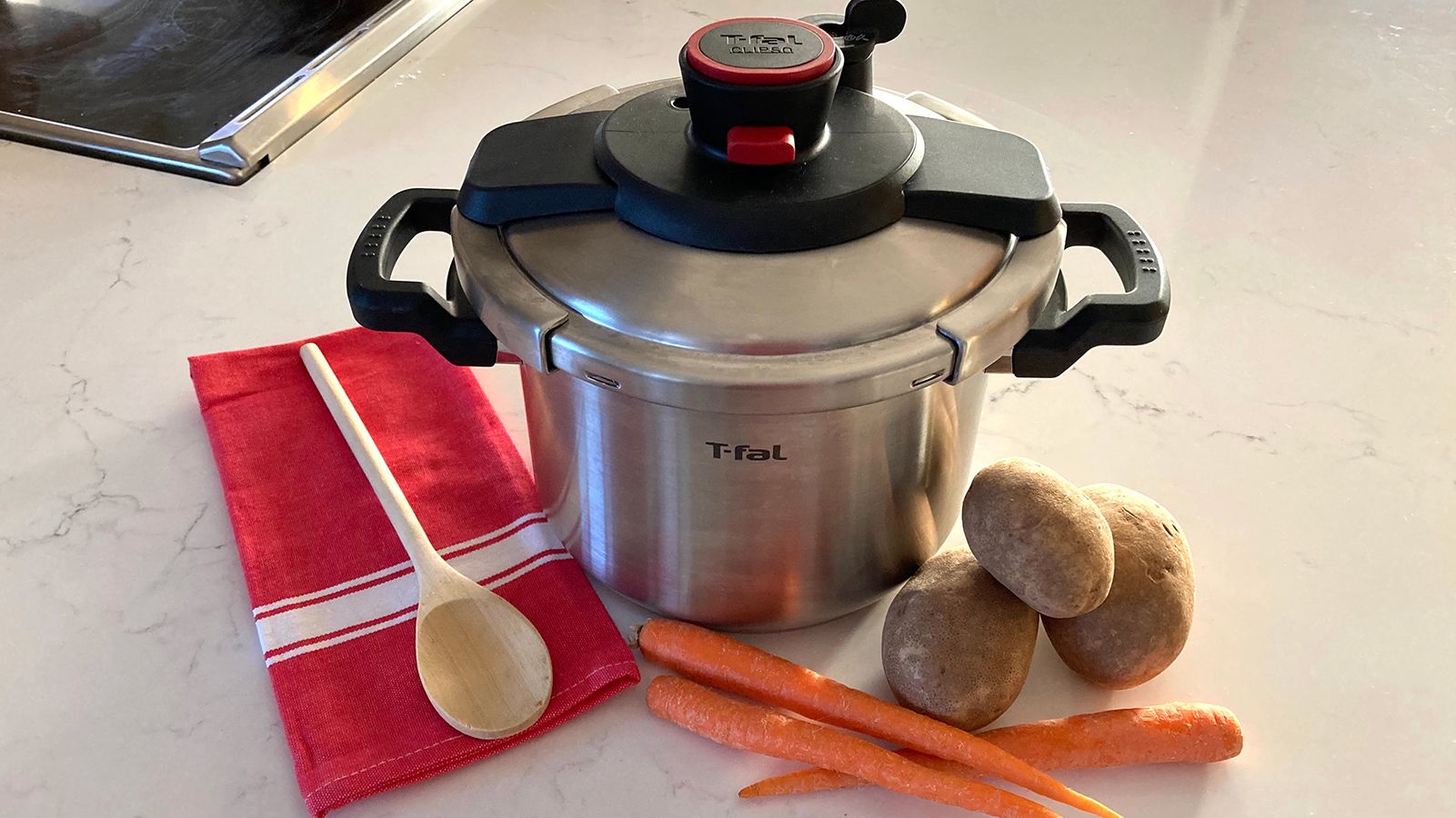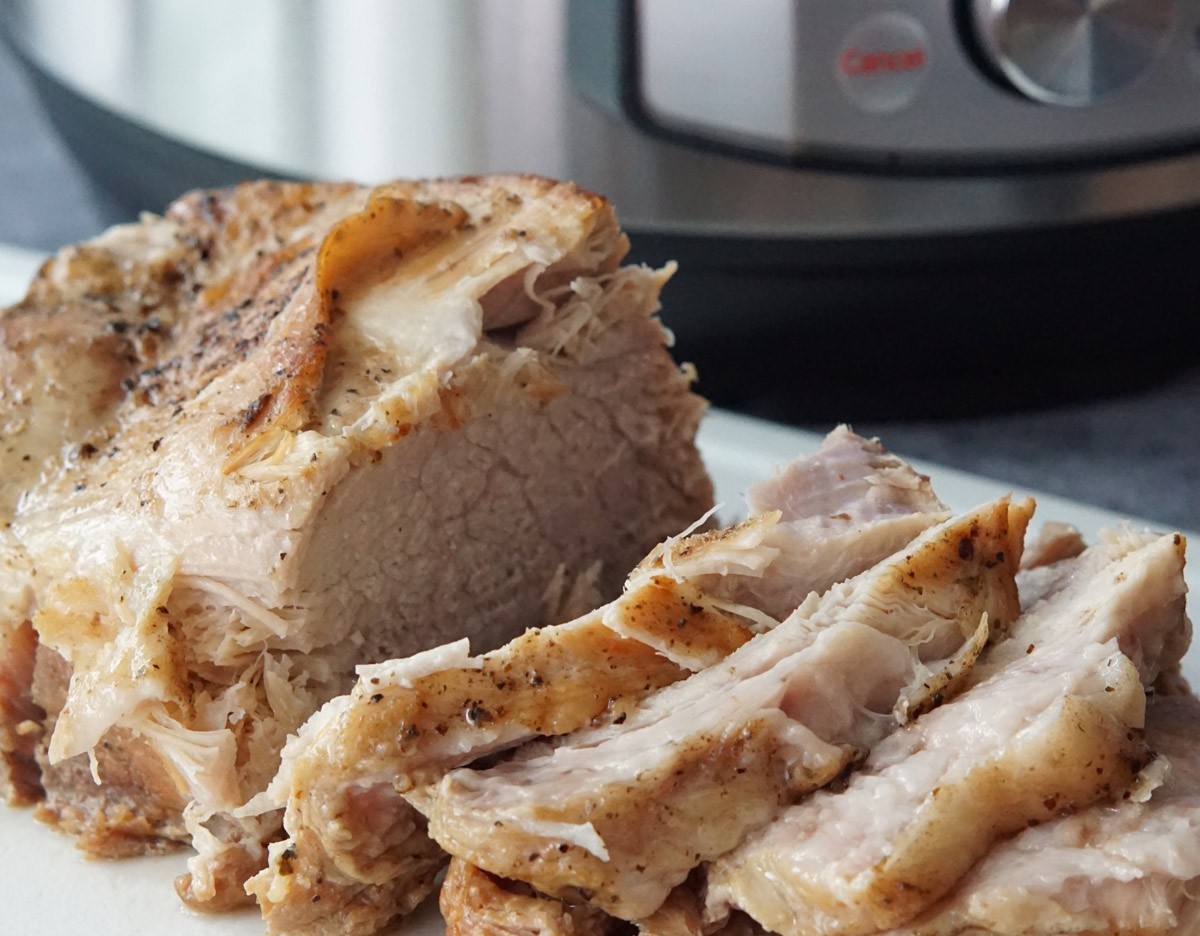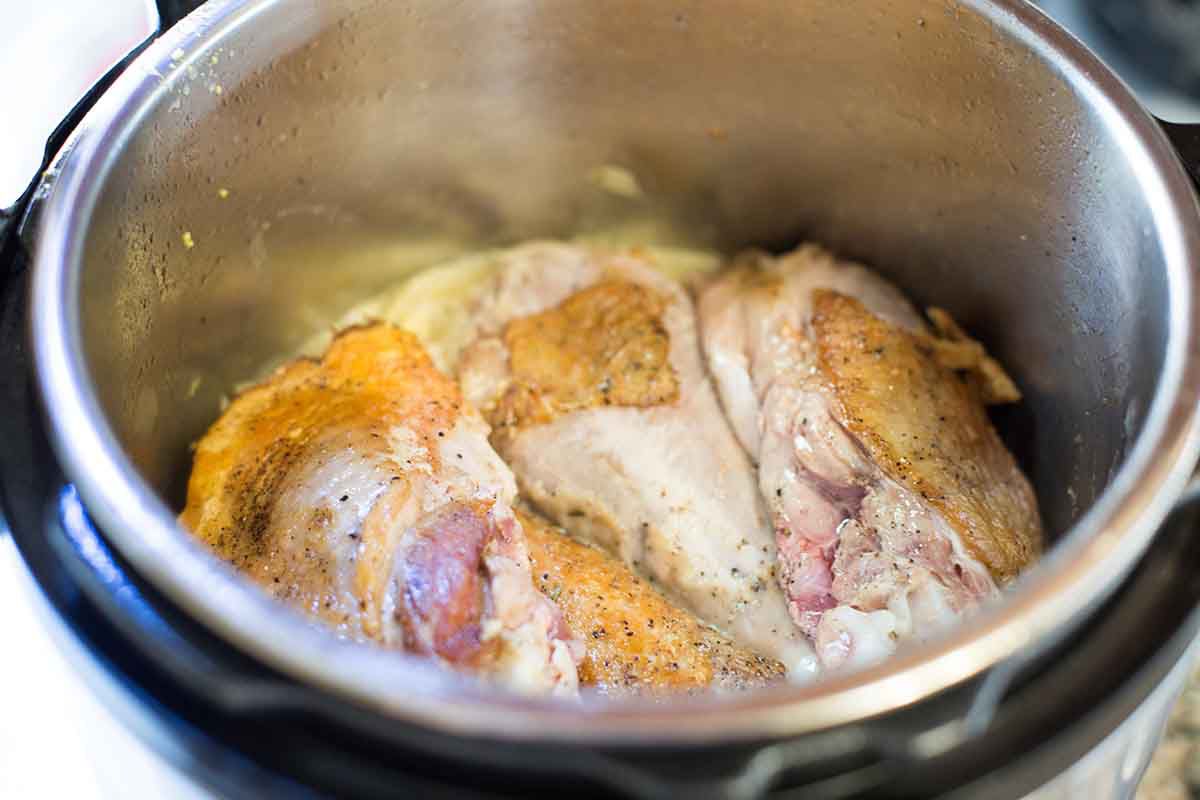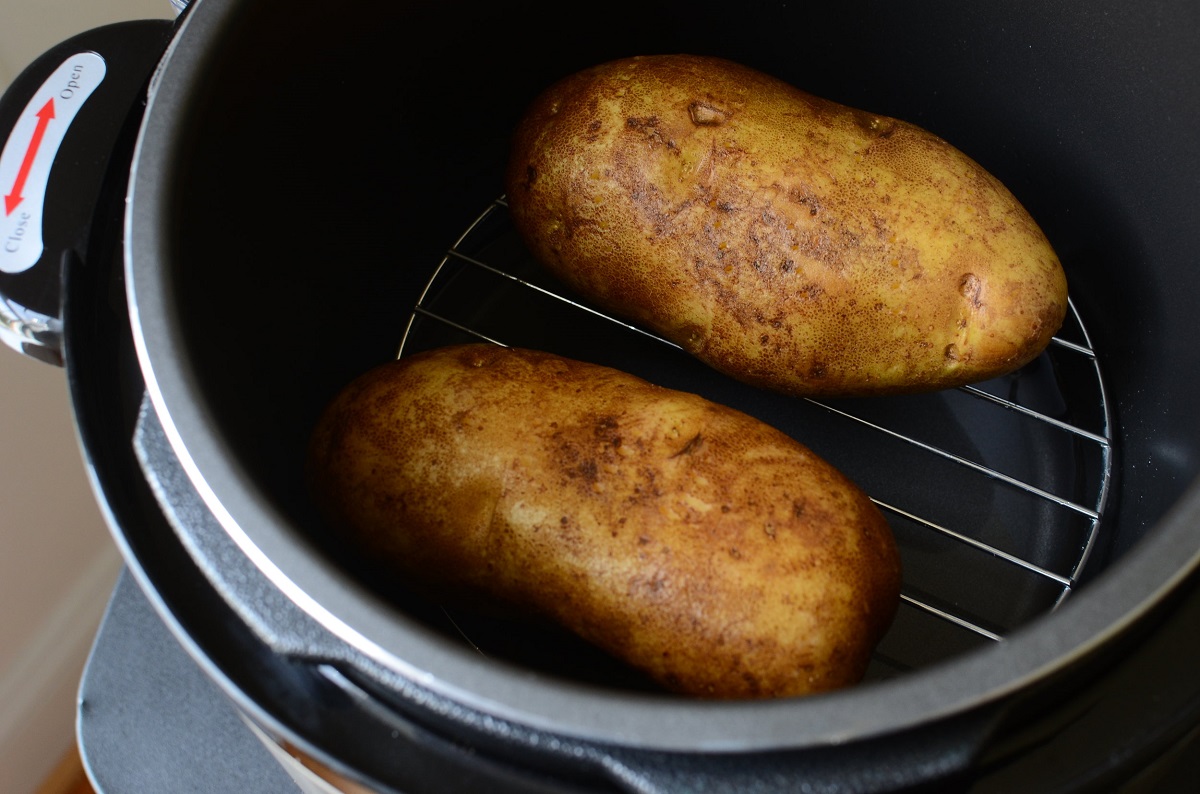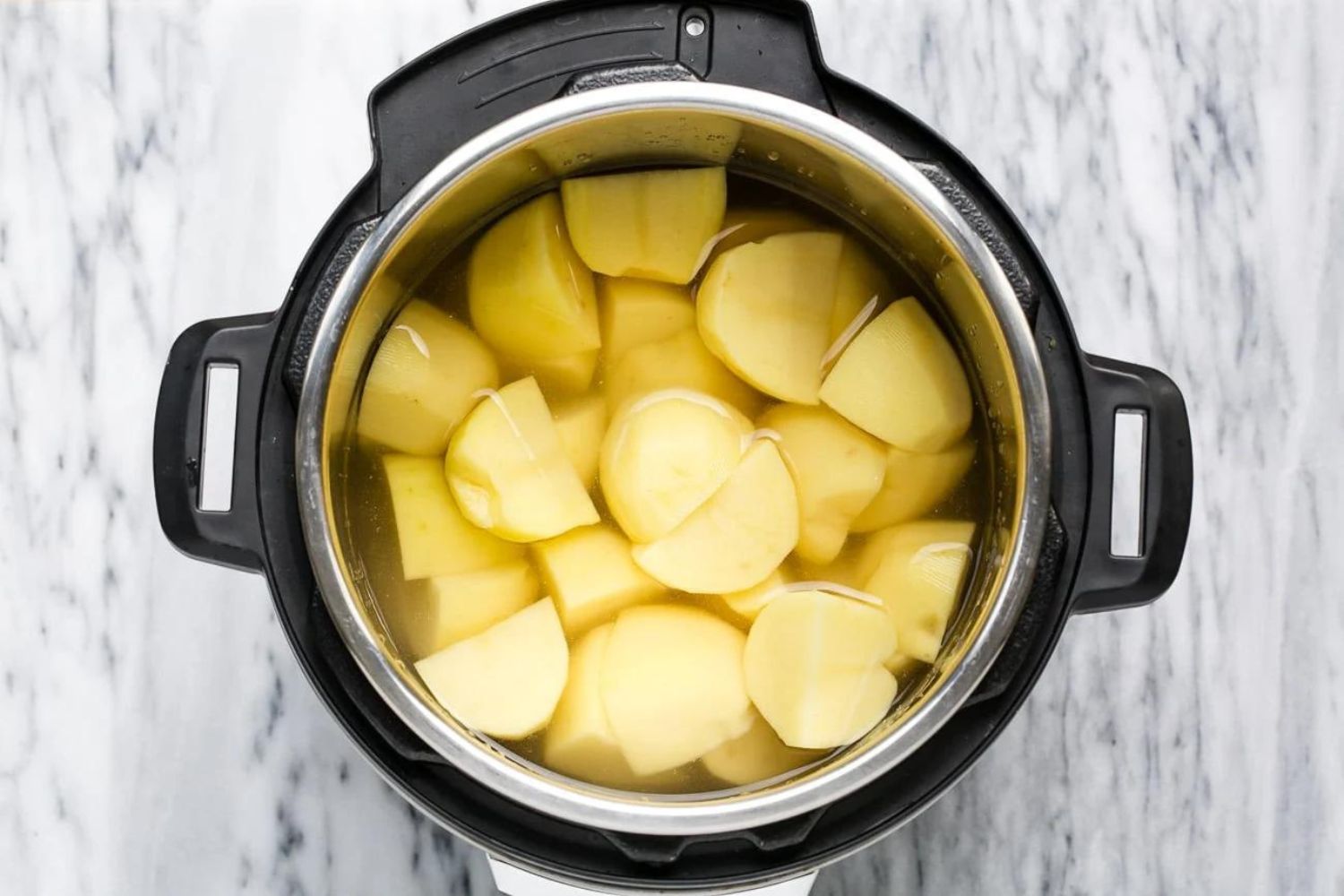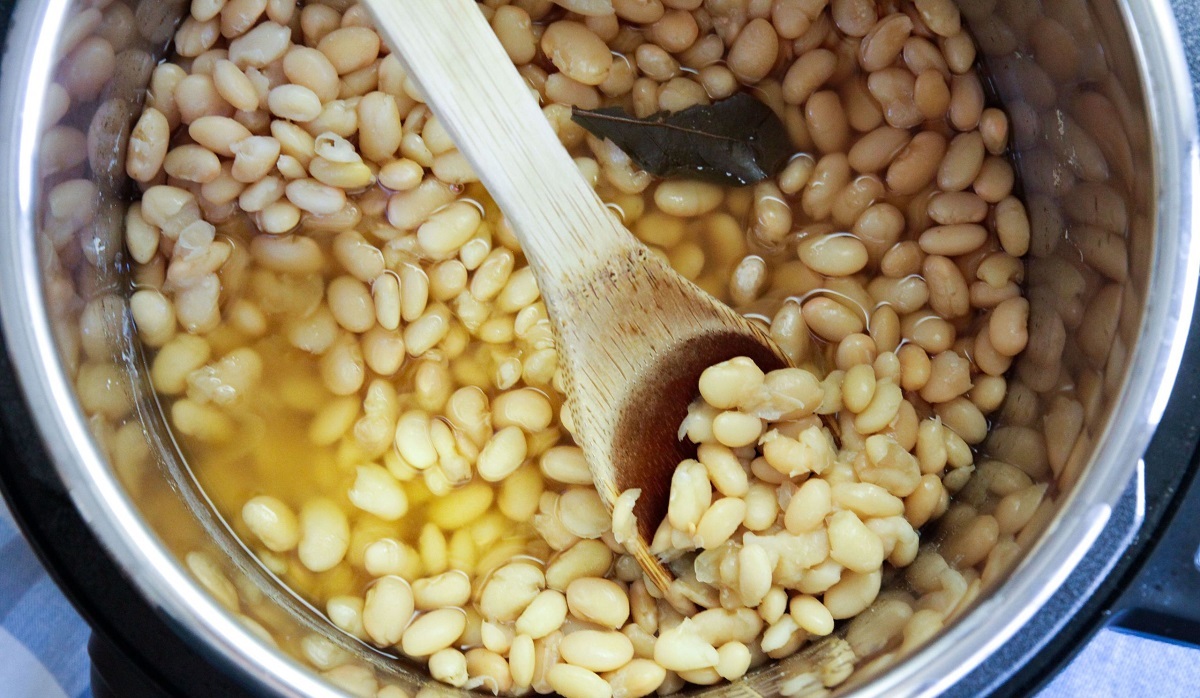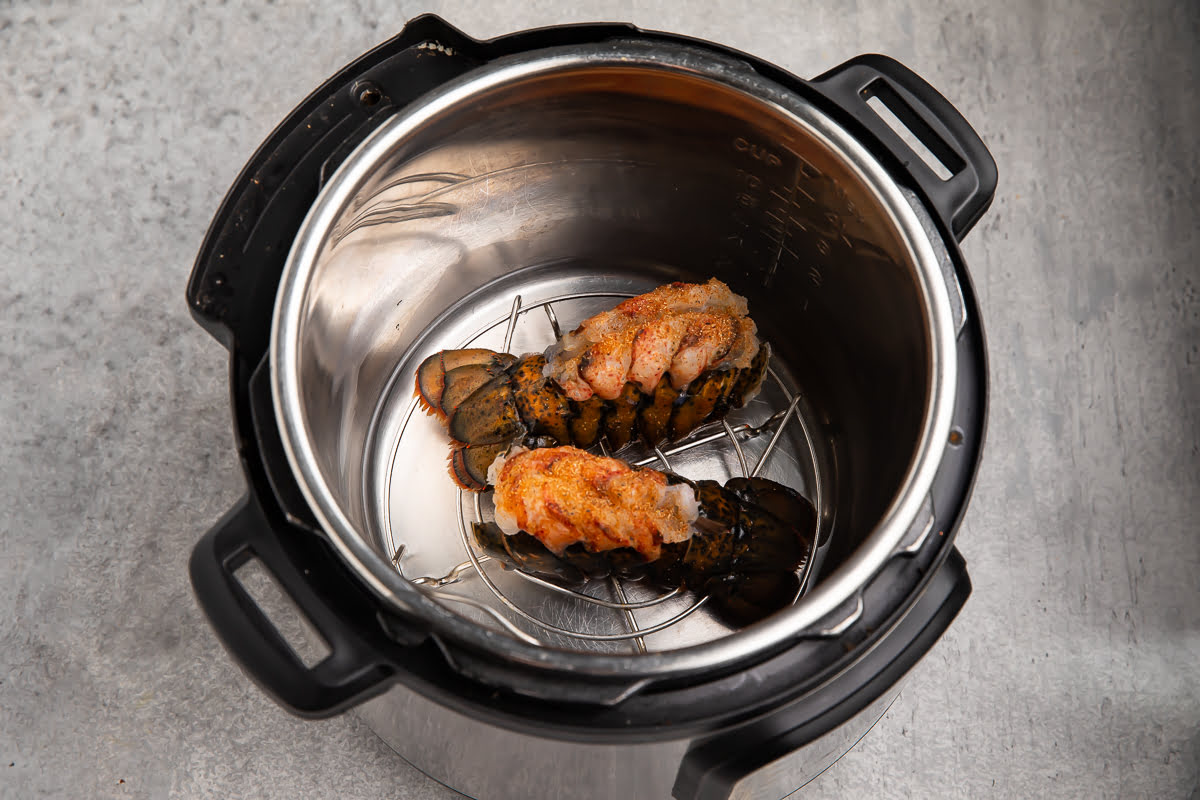Introduction
An electric pressure cooker is a versatile kitchen appliance that can significantly speed up cooking time and lock in flavors. Whether you’re a seasoned chef or a novice in the kitchen, knowing when your food is done is crucial to achieving the perfect texture, taste, and safety. While there is no magic formula that guarantees foolproof results, there are several indicators you can rely on to determine when your electric pressure cooker has completed its cooking cycle.
Understanding these cues will not only help you avoid undercooked or overcooked meals but also allow you to make necessary adjustments for different recipes. In this article, we will explore various methods to determine when an electric pressure cooker is done, ranging from visual clues to using food thermometers and recipe-specific indicators. By the end, you’ll have a better understanding of how to confidently cook with your electric pressure cooker and achieve consistently delicious results.
Before diving into the details, it’s important to note that familiarizing yourself with your specific electric pressure cooker’s user manual is essential. Different models and brands may have unique functionalities and recommendations, so always consult the manufacturer’s instructions for the most accurate guidelines.
Let’s explore the different ways you can ascertain when your food is done while using an electric pressure cooker.
Understanding the Cooking Process
Before we delve into the methods for determining when an electric pressure cooker is done, it’s important to have a basic understanding of how the cooking process works in this appliance.
Electric pressure cookers work by creating a sealed, airtight environment that traps steam, which raises the internal temperature and accelerates the cooking process. The pressure inside the cooker builds up, allowing food to cook at a higher temperature than it would in traditional cooking methods.
Most electric pressure cookers have different cooking modes, such as high pressure and low pressure, and specific cooking times for various ingredients. Understanding the cooking modes and times recommended by your electric pressure cooker’s user manual is crucial for achieving the desired results.
Additionally, it’s important to consider the natural release and quick release methods for releasing the pressure after cooking. Natural release involves allowing the pressure to decrease on its own, while quick release involves manually releasing the pressure using the release valve. The release method can impact the final texture and tenderness of the food.
By understanding the cooking process and the different settings and techniques specific to your electric pressure cooker, you’ll be better equipped to determine when your food is done and make any necessary adjustments.
Now that we have a foundation of knowledge about the cooking process, let’s explore the visual clues that can help identify when an electric pressure cooker is done.
Visual Clues
One of the most straightforward ways to determine if your food is done in an electric pressure cooker is to rely on visual cues. Paying close attention to the appearance and texture of the food can provide valuable insights.
First, observe the color and texture of meats and vegetables. For example, chicken should have a white, opaque appearance, and its juices should run clear. Vegetables should be tender but still retain some texture and vibrant color.
Next, consider the consistency of liquids and sauces. If you’re cooking a stew or soup, the broth should be well-infused with flavors and have a thickened consistency. Creamy sauces should have a smooth texture without any graininess.
Another visual cue is the shrinking of ingredients. As food cooks, it may shrink slightly, especially proteins like chicken or beef. Keep an eye out for this shrinkage as an indicator that the cooking process is nearing completion.
Finally, using your senses can also provide visual clues. If you detect a pleasant aroma wafting from the cooker and the food looks enticing, it’s a good sign that it is nearing completion.
It’s important to note that visual cues may vary depending on the recipe and personal preferences. While they can provide a good starting point, it’s always advisable to use additional methods to ensure accuracy.
Now that we’ve explored the visual clues, let’s discuss another method: using time indicators to determine when an electric pressure cooker is done.
Time Indicators
One of the simplest ways to determine when an electric pressure cooker is done is to rely on the recommended cooking times provided in recipes or specified in your electric pressure cooker’s user manual.
Most recipes will indicate a specific cooking time for different ingredients or dishes. It’s essential to follow these guidelines closely to ensure that your food is cooked to perfection.
It’s important to note that cooking times can vary depending on factors such as the size and thickness of the ingredients, as well as the desired level of doneness. Adjustments may be necessary if you’re using larger or smaller pieces of meat or if you prefer your vegetables to be more or less tender.
Additionally, certain ingredients may require longer cooking times to reach the desired texture and tenderness. Tough cuts of meat or dried legumes, for example, may need longer cooking times for optimal results.
When using cooking times as an indicator, it’s helpful to set a timer to keep track of the elapsed cooking time. This way, you can monitor the progress and ensure that your food is not undercooked or overcooked.
While time indicators are a useful starting point, it’s important to remember that they are not foolproof. The actual cooking time may vary depending on the specific electric pressure cooker, altitude, and other factors. Therefore, it’s advisable to combine time indicators with other methods to ensure accurate doneness.
Now that we’ve explored time indicators, let’s move on to discussing different pressure release methods and how they can help determine when an electric pressure cooker is done.
Pressure Release Methods
After the cooking process is complete, you’ll need to release the pressure inside the electric pressure cooker before opening the lid. The pressure release method you choose can provide valuable insights into the doneness of your food.
There are two primary pressure release methods: natural release and quick release.
Natural release involves allowing the pressure to decrease naturally over time. This method is especially useful for foods that benefit from additional cooking time or those that are more delicate, such as grains or custards. By allowing the pressure to release naturally, the food continues to cook in residual heat, ensuring that it’s thoroughly cooked and letting flavors meld.
Quick release, on the other hand, involves manually releasing the pressure using the release valve. This method is ideal for recipes that require precise timing or when you need to stop the cooking process immediately. Quick release is typically used for vegetables or delicate foods that can quickly become overcooked.
When using the pressure release method as an indicator, keep in mind that the time it takes for the pressure to release can vary depending on the quantity and type of food being cooked. It’s essential to allow an adequate amount of time for the pressure to release fully before opening the lid.
By observing how quickly or slowly the pressure releases, you can gauge the doneness of your food. If the pressure quickly releases, it may indicate that the food has finished cooking. However, if the pressure releases slowly or steadily, it may imply that the food requires more time to reach the desired level of doneness.
Now that we’ve explored the pressure release methods, let’s move on to another method: using a food thermometer to determine when an electric pressure cooker is done.
Using a Food Thermometer
When it comes to ensuring precise doneness, nothing beats using a food thermometer. This method is particularly useful for meats, poultry, and dishes where the internal temperature is critical for food safety.
To use a food thermometer with your electric pressure cooker, simply insert the probe into the thickest part of the food without touching the bone or the bottom of the cooker. Make sure to take multiple temperature readings at different spots to ensure accuracy.
Each type of meat or poultry has its recommended internal temperature for doneness. For example, chicken should reach an internal temperature of 165°F (74°C), while beef should be cooked to a minimum of 145°F (63°C) for medium-rare and 160°F (71°C) for medium.
By testing the internal temperature of your food, you can be confident that it has reached the appropriate level of doneness and is safe to consume. This method takes the guesswork out of determining if your food is properly cooked.
Remember to consider the residual cooking that occurs during the pressure release and resting time. Factors such as the thickness of the meat and the desired level of doneness will influence the final internal temperature.
Using a food thermometer can be especially handy when cooking large cuts of meat or dishes that require specific internal temperatures to achieve the desired texture and flavor.
Now that we’ve explored the use of a food thermometer, let’s move on to discussing recipe-specific indicators that can help determine when an electric pressure cooker is done.
Recipe Specific Indicators
When cooking with an electric pressure cooker, different recipes may have specific indicators to help determine when the dish is done. These indicators can vary depending on the type of recipe and the desired outcome.
For example, in a recipe for a cake or bread, a toothpick inserted into the center should come out clean or with just a few crumbs. This indicates that the baked goods are fully cooked and ready to be taken out of the electric pressure cooker.
In recipes that require the formation of a crust or browning, such as roasted meats or casseroles, the recipe may instruct you to remove the lid and switch to a broiling or browning function for a few minutes. This step helps achieve the desired texture and appearance.
Additionally, some recipes may provide specific instructions for achieving a certain level of tenderness or texture. For example, a recipe for pulled pork may indicate that the meat should be easily shredded with a fork or that it should reach a certain internal temperature to ensure the desired level of doneness.
Recipe specific indicators serve as valuable guides to help you determine when your dish is done according to the recipe’s intended outcome. By following these indicators, you can ensure that your meal turns out as intended.
It’s important to note that not all recipes will have specific indicators, especially if they are adapted for electric pressure cookers. In such cases, you can rely on a combination of the previously mentioned methods, such as visual cues, cooking times, pressure release, and food thermometers to gauge doneness.
Now that we’ve explored recipe-specific indicators, let’s briefly summarize what we’ve discussed so far.
Conclusion
Cooking with an electric pressure cooker can be a game-changer in the kitchen, but knowing when your food is done is crucial for achieving the best results. By combining various methods, you can confidently determine the doneness of your dishes.
Visual clues, such as the color, texture, and aroma of your food, are excellent starting points to assess doneness. Time indicators provide guidelines based on recipes and your electric pressure cooker’s settings, helping you keep track of cooking times. Pressure release methods, such as natural release and quick release, can indicate the progress of the cooking process.
Using a food thermometer is vital for ensuring the internal temperature of meats and poultry reaches the recommended levels for food safety. Finally, recipe-specific indicators provide valuable insights into achieving the desired texture, tenderness, or appearance of your dish.
Remember to consult your electric pressure cooker’s user manual for specific guidelines and recommendations. Each appliance may have unique functionalities and cooking times that should be taken into account.
By being attentive to these indicators, you’ll be able to confidently determine when your food is done in an electric pressure cooker, resulting in consistently delicious meals. So, go ahead and explore the endless possibilities of cooking with your electric pressure cooker, knowing that you have the tools to create culinary masterpieces.







